From July 2026, following Directive No. 20/CT-TTg of the Prime Minister, Hanoi will officially ban gasoline-powered motorbikes from circulating in the beltway area 1. This is a step towards green transportation in the capital, where there are 6.9 million motorbikes in operation.
To focus on the plan to ban fossil fuel-powered motorbikes in Ring Road 1 in accordance with the Prime Minister's Directive, the Hanoi Department of Agriculture and Environment will report to the City People's Committee to adjust the low emission zone (LEZ) being piloted in some inner-city wards.
Specifically, the Hanoi Department of Agriculture and Environment will propose adjusting the pilot low-emission zones (LEZs) in some inner-city wards to focus all efforts on implementing the plan to ban gasoline-fueled motorbikes in the Ring Road 1 area, starting from July 2026.
According to the representative of this Department, the adjustment of the LEZ pilot is necessary to suit the new scale and requirements, while ensuring consistency in implementing Directive 20 of the Prime Minister on air pollution control and urban traffic. Currently, Hanoi has over 8 million vehicles, including 1.1 million cars and about 6.9 million motorbikes. In the Ring Road 1 area alone, the historical inner city center of the capital, the number of motorbikes is up to 450,000, while the population in this area is only about 600,000.
Vehicles running on gasoline and oil are one of the sources of emissions that cause air pollution.
Previously, according to the resolution approved by the Hanoi People's Council and effective from January 1, 2025, on the roadmap for implementing LEZ, from 2025 to 2030, Hanoi will pilot the establishment of a low-emission zone in an area in Hoan Kiem and Ba Dinh districts; encourage localities to establish low-emission zones. Notably, it is expected that in the period from 2025 to 2030, Hanoi will restrict means of transport such as cars and motorbikes running on gasoline and oil from circulating in the LEZ.
In the first phase, measures to restrict vehicles such as cars with more than 16 seats entering the Old Quarter and around Hoan Kiem Lake were implemented from March 1, 2025. However, with the Prime Minister's Directive 20, the scope and scale of reducing traffic congestion and environmental pollution will no longer stop at the Old Quarter or Hoan Kiem Lake and the three old districts of Hoan Kiem, Ba Dinh, and Dong Da, but will expand to a large urban area within the scope of Ring Road 1 with a perimeter of up to 25km.
According to the Hanoi Department of Agriculture and Environment, the new plan will expand the ban on gasoline-powered motorbikes from the area inside Ring Road 1 in 2026 and continue to expand to the area inside Ring Road 2 in 2028. To implement this in a focused and synchronous manner, the Hanoi Department of Agriculture and Environment will coordinate with relevant departments and sectors to develop and redefine the goals, scope, and plans to build new environmentally safe, traffic-congestion-free zones.
The representative of the Construction - Police joint sector also said that, from the current reality of Ring Road 1, when determining the boundary and scope to prohibit gasoline motorbikes from operating within Ring Road 1, the joint sector determined that there are about 18 streets/roads used as boundaries, including: Tran Khat Chan (from the intersection of Tran Khat Chan - Nguyen Khoi) - Dai Co Viet - Xa Dan - O Cho Dua - De La Thanh - Hoang Cau - De La Thanh - Cau Giay - Buoi Street - Lac Long Quan - Au Co - Nghi Tam - Yen Phu - Tran Nhat Duat - Tran Quang Khai - Tran Khanh Du - Nguyen Khoi - Tran Khat Chan. When implementing this "green" zone without gasoline motorbikes, together with the Police - Traffic Police force on duty at the intersections with Ring Road 1, the interdisciplinary force will also arrange and install a system of signs and signs indicating restricted areas for vehicles. In particular, gasoline motorbikes will have signs prohibiting them from passing through Ring Road 1. For vehicles that violate the law, after a period of propaganda and reminders, the interdisciplinary force will impose fines for entering prohibited roads and roads that are not allowed to be entered.
Assessing air quality, Mr. Hoang Van Thuc, Director of the Department of Environment, Ministry of Agriculture and Environment informed: "According to the national environmental monitoring network, formerly under the Ministry of Natural Resources and Environment, now under the Ministry of Agriculture and Environment, we have monitored and tracked that in 2019, before the global COVID-19 pandemic, air quality declined in some major cities, including Hanoi. But during the pandemic, almost all production activities, personal activities, travel and traffic activities were reduced, so in those two years, the air quality in urban areas in general and especially in Hanoi was good. But in 2023 and especially in 2024, when our economy recovers, the "curve" of air pollution in some major cities, including Hanoi, will increase".
According to Mr. Thuc, from the end of 2024, there has been a period of air pollution in major cities, including Hanoi, which lasted from October to April this year. This reflects that if polluting emissions are not well controlled, air quality in urban areas will decline. Studies by the Ministry of Agriculture and Environment and experts also determined that the number of vehicles running on gasoline and oil, especially motorbikes, is a cause of air pollution (accounting for about 60%). In particular, for motorbikes, nearly 70% are old vehicles, and current emission control regulations and standards are still limited.
According to data from the IQAir air quality index application, on July 14 and 15, Hanoi consecutively ranked in the top 2 of the most polluted cities in the world. The fact that Hanoi regularly tops the list of polluted cities shows that the air pollution problem in the capital has reached an alarming level.
According to Associate Professor, Dr. Nguyen Van Son, Deputy Director of the Institute of Occupational Health and Environment (Ministry of Health), pollution has a serious impact on public health as well as on life, especially in large cities like Hanoi. Polluting agents include PM2.5 dust, which affects the respiratory system, severely affecting people with asthma and other respiratory diseases. Pollution also affects socio-economic life, other areas such as investment and education. There are periods of severe pollution that require students to be informed to stay home from school. Prolonged exposure to pollution weakens the immune system and causes infections, chronic diseases and can affect the nervous system, causing neuritis...
Source: https://cand.com.vn/Xa-hoi/can-kiem-soat-tot-nguon-gay-o-nhiem-khong-khi-i775013/


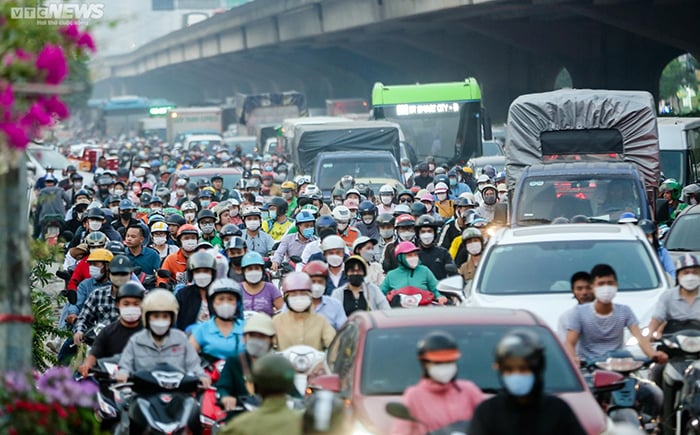

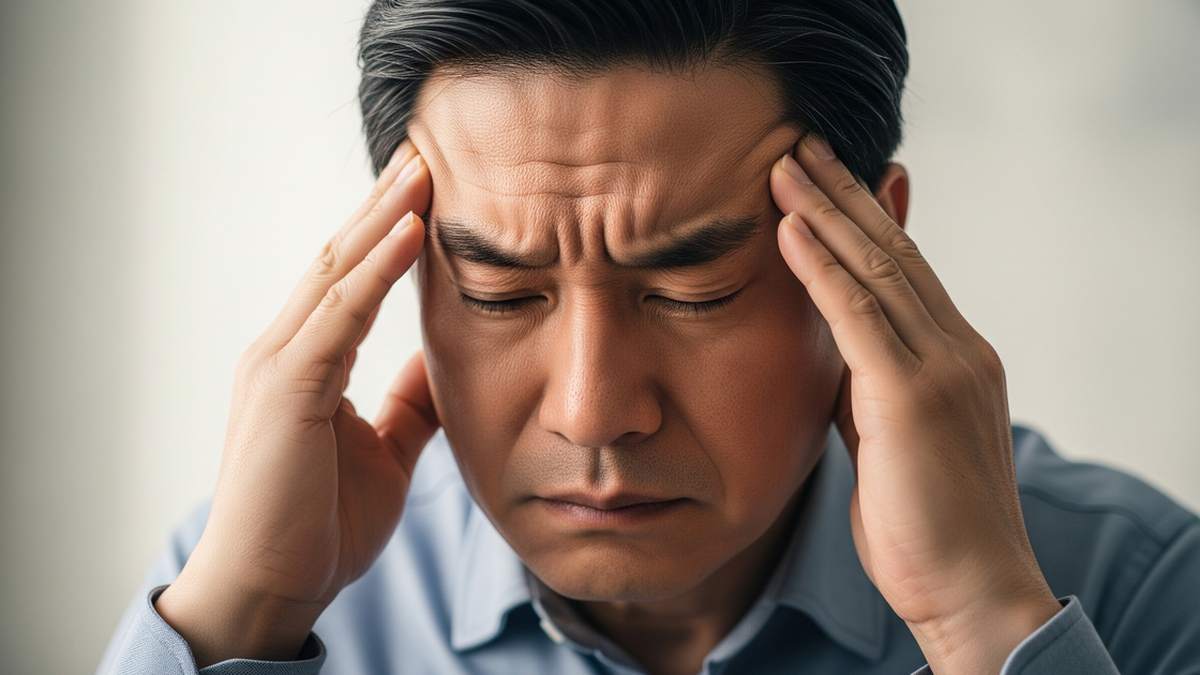
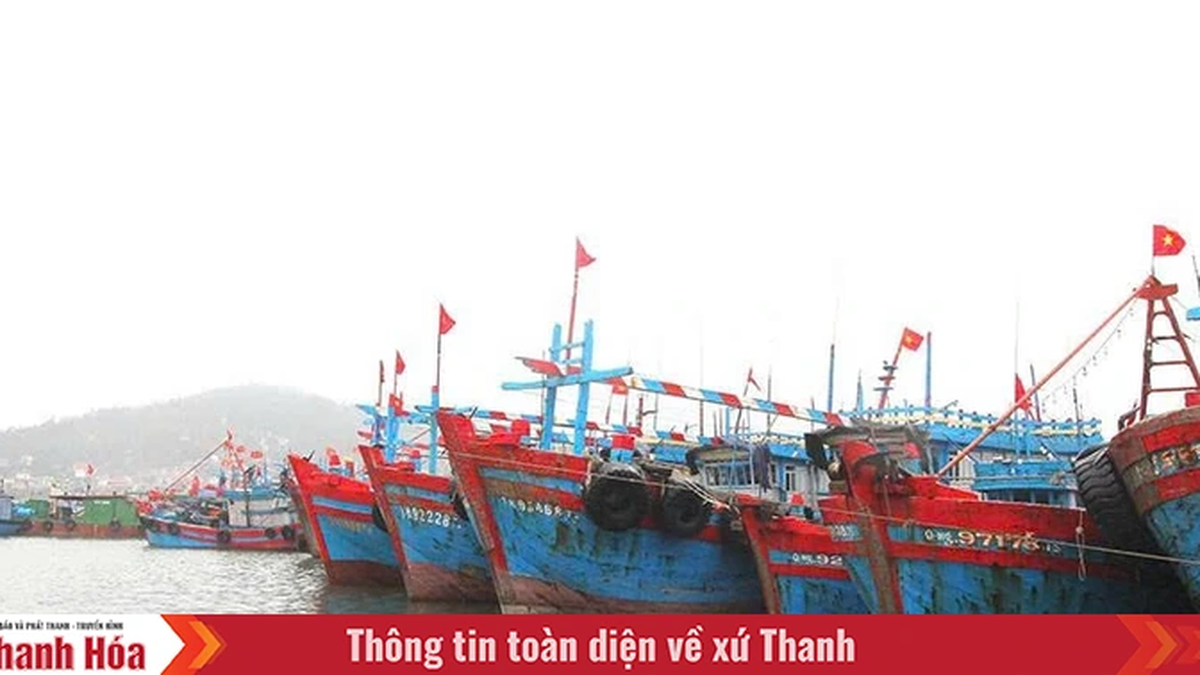
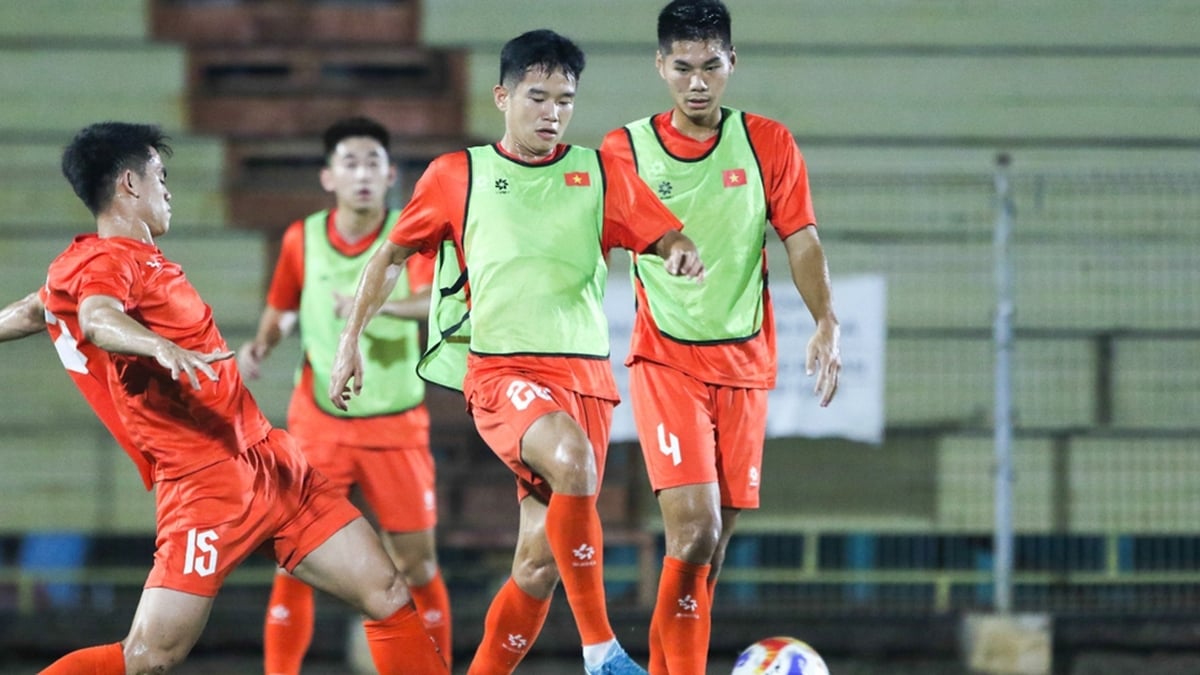

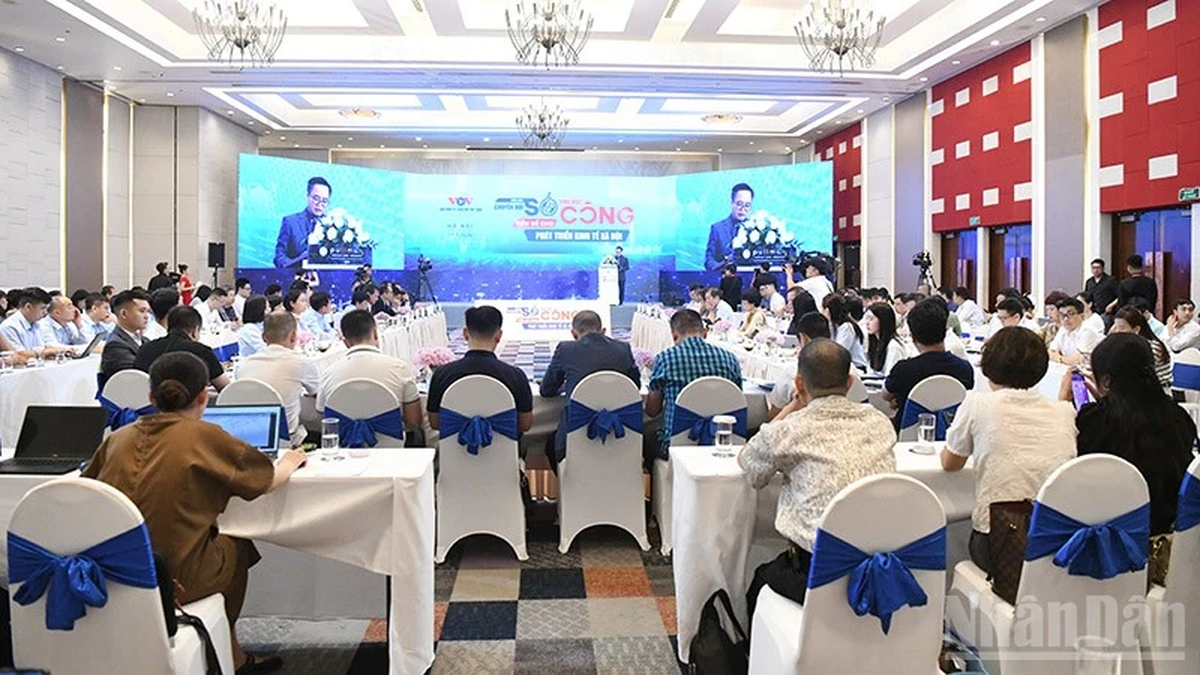
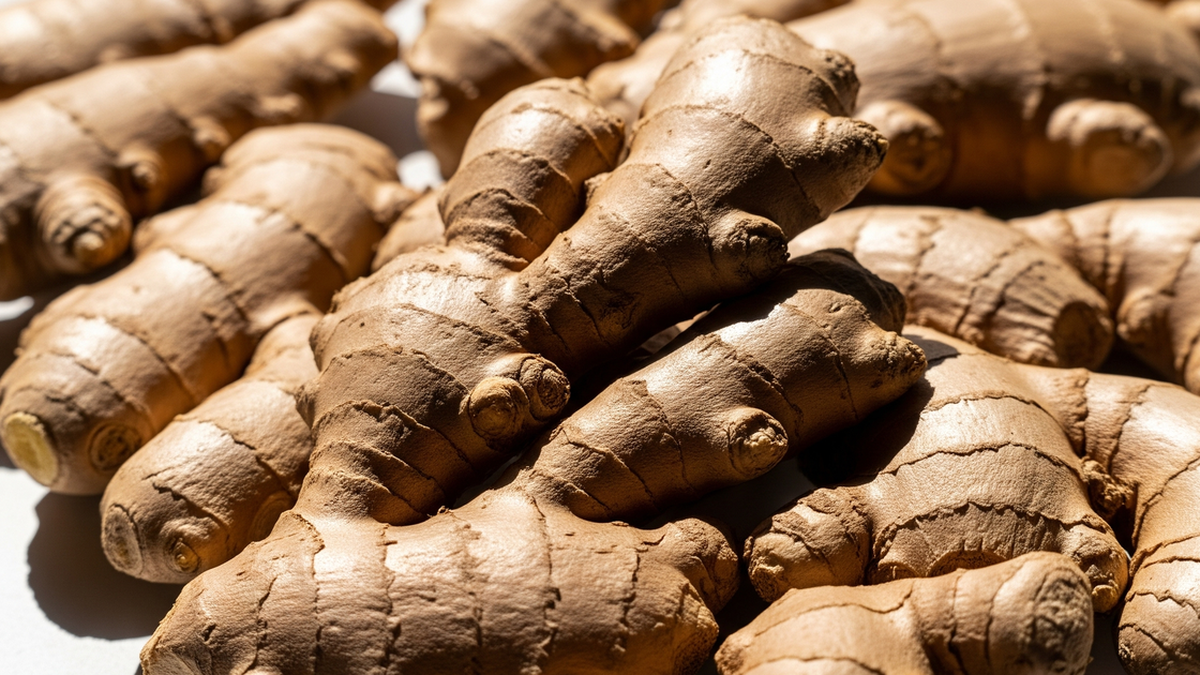
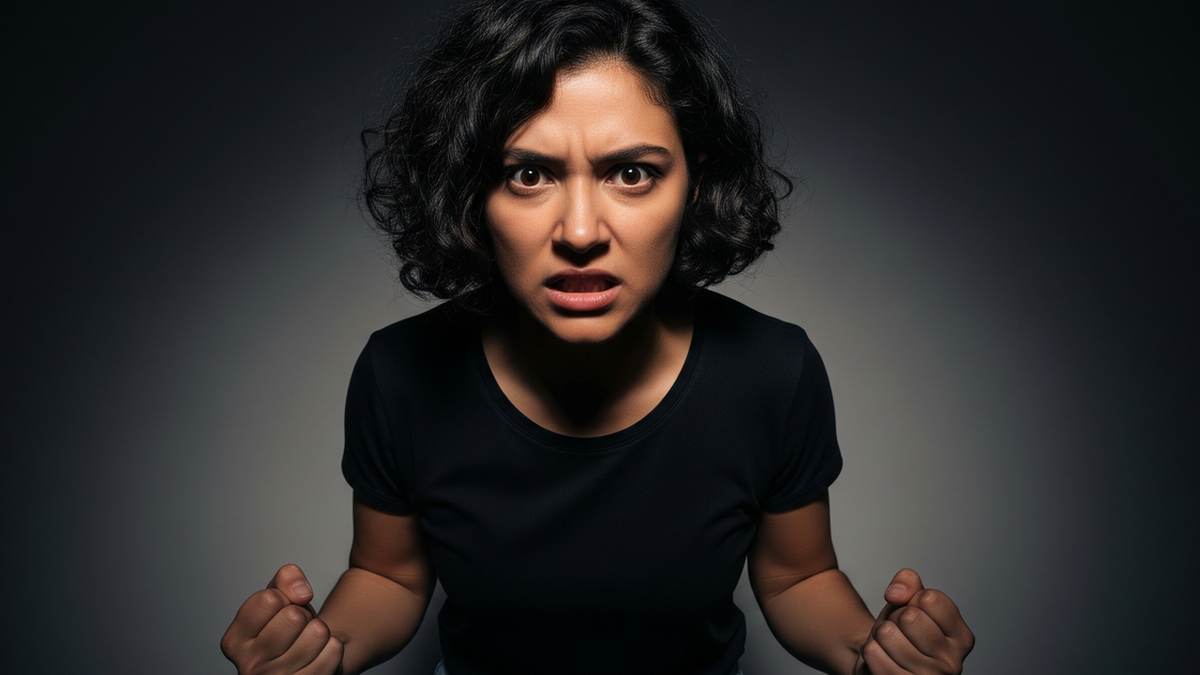



























































































Comment (0)